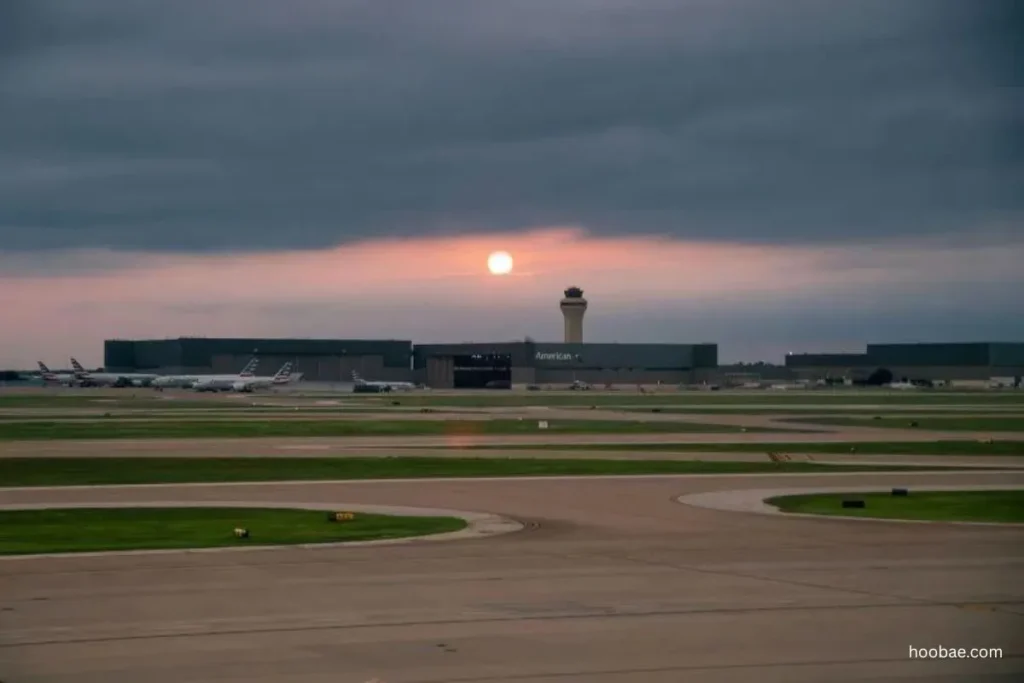The United States Transportation Department (DOT) is one of only four cabinet-level agencies that would receive a top-line funding increase in the Trump administration’s proposed fiscal 2026 budget. This implies that many aviation programs may be spared in the latest aggressive federal government spending cuts.
According to a summary of the proposed budget issued on May 2, United States Transportation Department will get $26.7 billion in “base” discretionary funds, an increase of 6% over the enacted current-year budget.
Other agencies proposing funding hikes include the Defense Department, Homeland Security, and Veterans Affairs. The remaining 11 agencies would face cuts.
The budget does not include program-level financial information; however, two FAA line items are earmarked for increases.
The memo stated that the agency’s National Airspace System (NAS) facility and radar modifications would cost an additional $824 million. It offers $5 billion in facility and system upgrading and “requests an additional $4 billion for NAS upgrades, including a $450 million down-payment on a multiyear, multi-billion-dollar radar replacement program,” according to the document. “A substantial amount will also be requested as mandatory funding through reconciliation,” which is the mechanism used by the United States Senate to pass specific laws with a simple majority vote.
United States Transportation Department Secretary Sean Duffy has vowed to design a strategy to expedite billions of dollars in air traffic control (ATC) upgrades, including asking for upfront money. During a May 1 press conference on ATC recruiting, he stated that details of the proposal would be published within a week.
“We’re laying out what we need to make sure that the system is the best and continues to serve the American people,” Duffy told the audience, highlighting the need to make strategic investments in national infrastructure. He emphasized the essential need to upgrade systems that directly affect the safety, efficiency, and dependability of the services on which millions of Americans rely daily. Duffy’s remarks emphasized the administration’s commitment to long-term strategic planning focused on future-proofing the nation’s transportation networks, particularly the air traffic control system, which serves as the foundation of American aviation.
Duffy emphasized in his speech that maintaining and updating infrastructure is more than simply meeting current demands; it is also about preparing for future growth and technological advancement. He underlined that keeping the system’s world-class status necessitates proactive measures such as targeted funding, innovation, and public-private collaboration. The goal, he continued, is to ensure that America’s transportation systems, particularly those in the air, maintain the most significant levels of safety and service while adapting to changing challenges and possibilities.
The proposed budget will boost the FAA’s operations by approximately $359 million, approximately 3% to $13.8 billion. The additional funding “would support the administration’s air traffic controller hiring surge and salary increases, which are critical to addressing the air traffic controller shortage, as well as FAA’s ongoing updates to its outdated telecommunications systems,” according to the summary.
The Trump administration’s budget proposal includes a significant drop in funding for the Federal Aviation Administration (FAA)’s Essential Air Service (EAS) program. This program, which was established to ensure small and rural areas’ access to commercial air service, is projected to lose $308 million, a whopping 75% cut in its budget. The EAS is critical to preserve regional connections, especially in rural places where commercial planes would otherwise be unprofitable. By subsidizing flights to these smaller markets, the initiative ensures that individuals and businesses in these areas remain connected to the national and global economies.
The projected $308 million decrease has raised worries among local officials, transportation advocates, and airline industry professionals, who fear that such a dramatic cut may result in the termination of air service in many rural communities. Without EAS subsidies, many small airports would be forced to close or significantly reduce operations, affecting travel convenience, regional economic development, and emergency response capabilities. Critics believe the decision emphasizes budget savings over critical services, potentially expanding the gap between urban and rural infrastructure access in the United States.
Beyond United States Transportation Department , the budget reduces “climate-focused, ‘green aviation’ spending” from NASA’s research budget “while protecting the development of technologies with air traffic control and defense applications, producing savings,” according to the summary.
You can read aviation news here!

